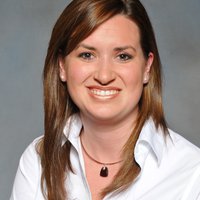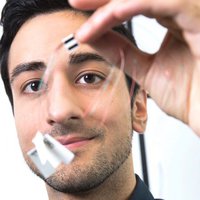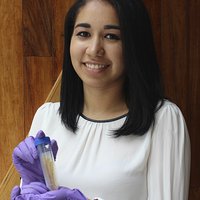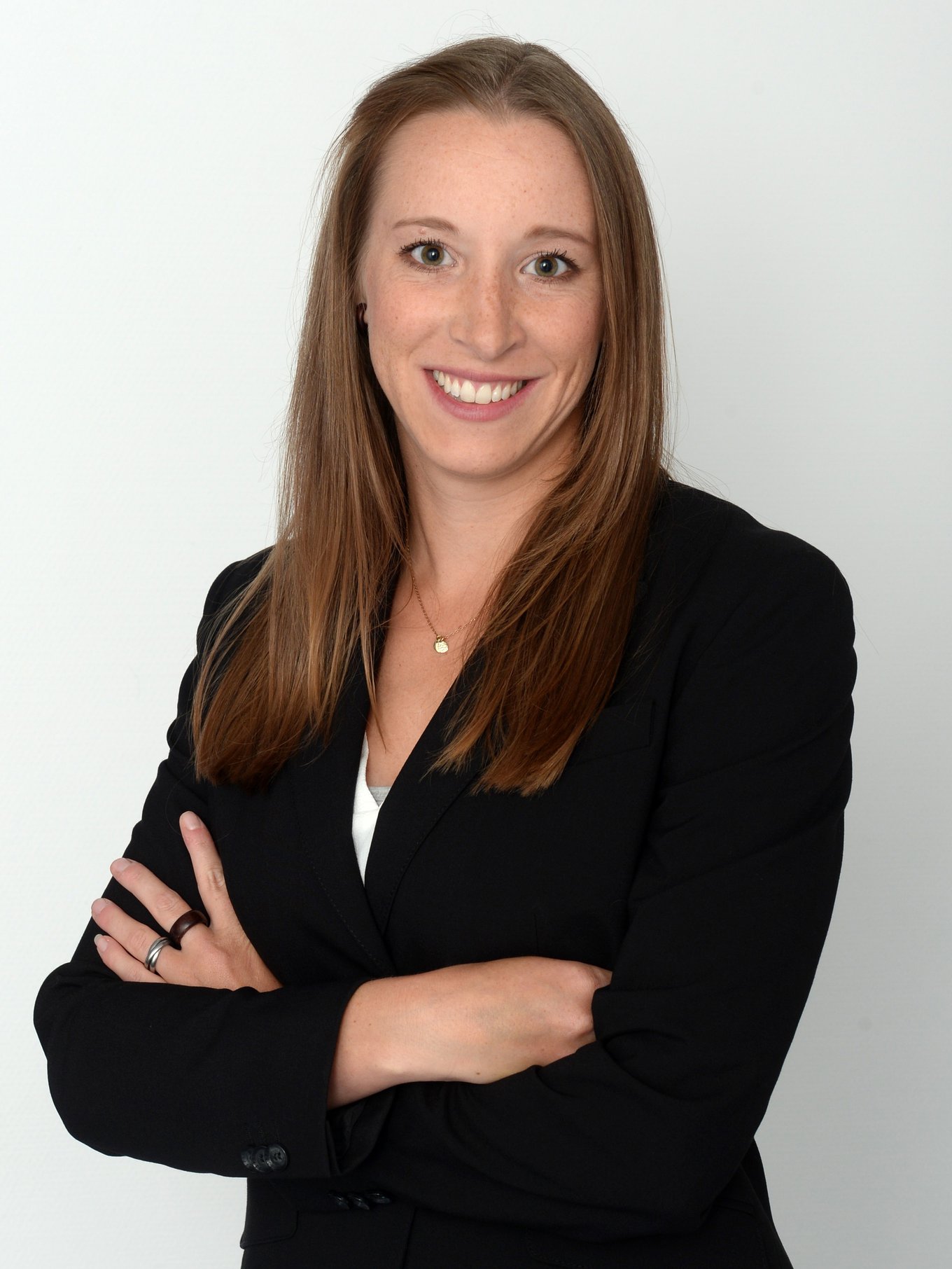Biotechnology & medicine
Svenja Hinderer
Developing replacement heart valves that grow alongside and adapt to children’s bodies as they mature

Global
Amanda Randles
Personalized simulations of blood flow in the body.

Global
Suchi Saria
Putting existing medical data to work to predict sepsis risk.

Europe
Habib Frost
Improving the treatment of heart attacks and internal bleeding in hospitals through his computer-controlled catheter

Latin America
Norma Elizabeth Martínez
Her smart cover detects septicemia immediately and aims to identify the bacteria causing the infection to accelerate treatments
